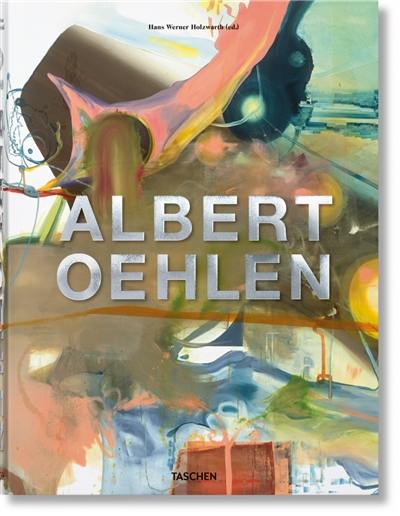
Collection(s) : Jumbo
Paru le 24/01/2018 | Relié sous jaquette 494 pages
Tout public
with texts by Roberto Ohrt, Martin Prinzhorn, John Corbett et al.
New strategies in painting
Often wryly funny and just as smart, Albert Oehlen's paintings play the medium for all it's worth-and then some. After the so-called death of painting, he exploded the picture frame with a wide variety of narrative and abstract canvases, in what he called his « post-non-figurative » art. Oehlen has always challenged himself, setting up rules and strategies that force him to overcome convention and his own routine in order to arrive at a satisfying image. In earlier work phases, he chose to paint only in primary colors or in gray, to integrate mirrors into his canvases, or to take up computer painting when the first PCs became available. In more recent works, Oehlen expands painting through the use of billboard posters, whose in-your-face aesthetics he transforms with brushwork and finger-painting, and explores possible representations of inconsistent forms in the heavy contortions of his large-format tree paint-ings. Never without a touch of dadaist humor, his work continuously dares us to change the way we perceive an image.
A definitive view of Albert Oehlen's work
In this expansive monograph, we meet the full range of Oehlen's artistic approaches. Through more than 400 paintings, we explore his trajectory from figuration to abstraction and beyond. An essay by Roberto Ohrt takes us back to the rebellious vibe of the early 1980s. when Oehlen worked alongside Martin Kippenberger and a host of others in an art scene that painted loosely while closely reacting to the pulse of their time. With John Corbett the artist discusses his computer paintings, and in a lengthy conversation with Alexander Klar he focuses on his recent work, his thoughts on art, and his day in the studio. A range of short texts and a mix of thematic and chronological plate sections bring us close to the challenging ideas of an artist the New Yorker has called « the most resourceful abstract painter alive. »